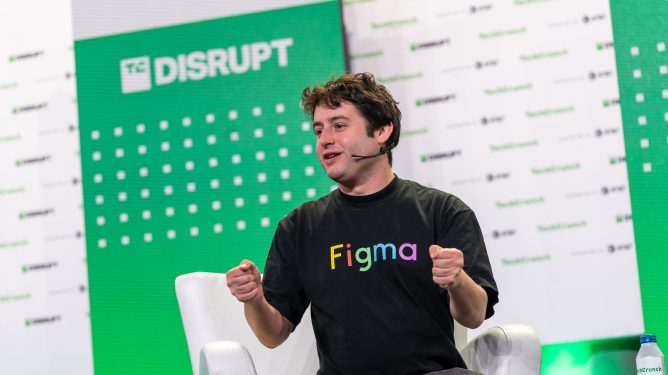The proposed acquisition of digital design rival Figma by Adobe for a staggering $20 billion has piqued the interest of the European Commission (EC), which has announced that the deal may pose a significant threat to competition in the market for interactive product design and whiteboarding software.
What’s at Stake?
While the EC acknowledged that the transaction does not meet the turnover thresholds set out in the EU merger regulations, there are specific provisions in Article 22 of the EU Merger Regulation that allow member states to refer cases to the EC if they believe a transaction may diminish competition within their territory. The EC has received requests from 17 member countries – Austria, Belgium, Bulgaria, Cyprus, Czechia, Denmark, Finland, France, Germany, Iceland, Ireland, Italy, Luxembourg, the Netherlands, Norway, and Sweden – to examine the deal.
Background on the Acquisition
The proposed acquisition of Figma by Adobe has been in the works for several months. The 10-year-old venture-backed startup behind a collaborative design platform was first announced as a target for the industry giant in May 2022. While the deal is not entirely unexpected, its size and scope have raised concerns among regulatory bodies around the world.
Why Regulatory Scrutiny?
The acquisition of Figma by Adobe has significant implications for the digital design market. As one of the leading players in the space, Adobe’s dominance may be further solidified through this deal, potentially stifling competition and innovation. The EC’s decision to request notification from Adobe is a clear indication that it will be scrutinizing the transaction closely.
What Does This Mean for Adobe?
The EC’s request for formal notification from Adobe means that the company will need to provide detailed information about the proposed acquisition, including its intentions for Figma and how the deal will affect competition in the market. This process is likely to kickstart an initial review at an EU level, which may take several months to complete.
Global Regulatory Landscape
While regulatory scrutiny is not new to mergers and acquisitions, the EC’s decision to request notification from Adobe highlights the importance of ensuring that such deals are subject to robust oversight. The global regulatory landscape is complex, with different jurisdictions having varying requirements for merger reviews. In this case, the EC’s involvement ensures that the deal will need to comply with EU regulations before it can be completed.
What’s Next?
The next steps in the process will involve Adobe providing detailed information about the proposed acquisition to the EC, which will then initiate an initial review. Depending on the outcome of this review, the EC may choose to launch a full investigation into the deal, which could take several months to complete.
Timeline
- May 2022: Adobe announces its intention to acquire Figma for $20 billion.
- June 2022: The U.S. Department of Justice (DoJ) begins reviewing the proposed acquisition.
- August 2022: Austria’s competition watchdog seeks a referral for the proposed merger, marking the first sign of regulatory scrutiny in Europe.
- October 2022: The EC announces that it has received requests from 17 member countries to examine the deal.
Industry Implications
The proposed acquisition of Figma by Adobe raises significant questions about the future of digital design and innovation. As one of the leading players in the space, Adobe’s dominance may be further solidified through this deal, potentially stifling competition and innovation.
Conclusion
In conclusion, the EC’s decision to request notification from Adobe highlights the importance of ensuring that mergers and acquisitions are subject to robust oversight. The proposed acquisition of Figma by Adobe is a significant deal that has far-reaching implications for the digital design market.
Related Articles
- SpaceX Catches Starship Booster a Second Time, Loses Ship to an ‘Anomaly’ in Space – Sean O’Kane
- Mark Cuban is Ready to Fund a TikTok Alternative Built on Bluesky’s AT Protocol – Sarah Perez
- Goldman Sachs’ David Solomon Tells Startups to Reconsider Going Public – Dominic-Madori Davis
